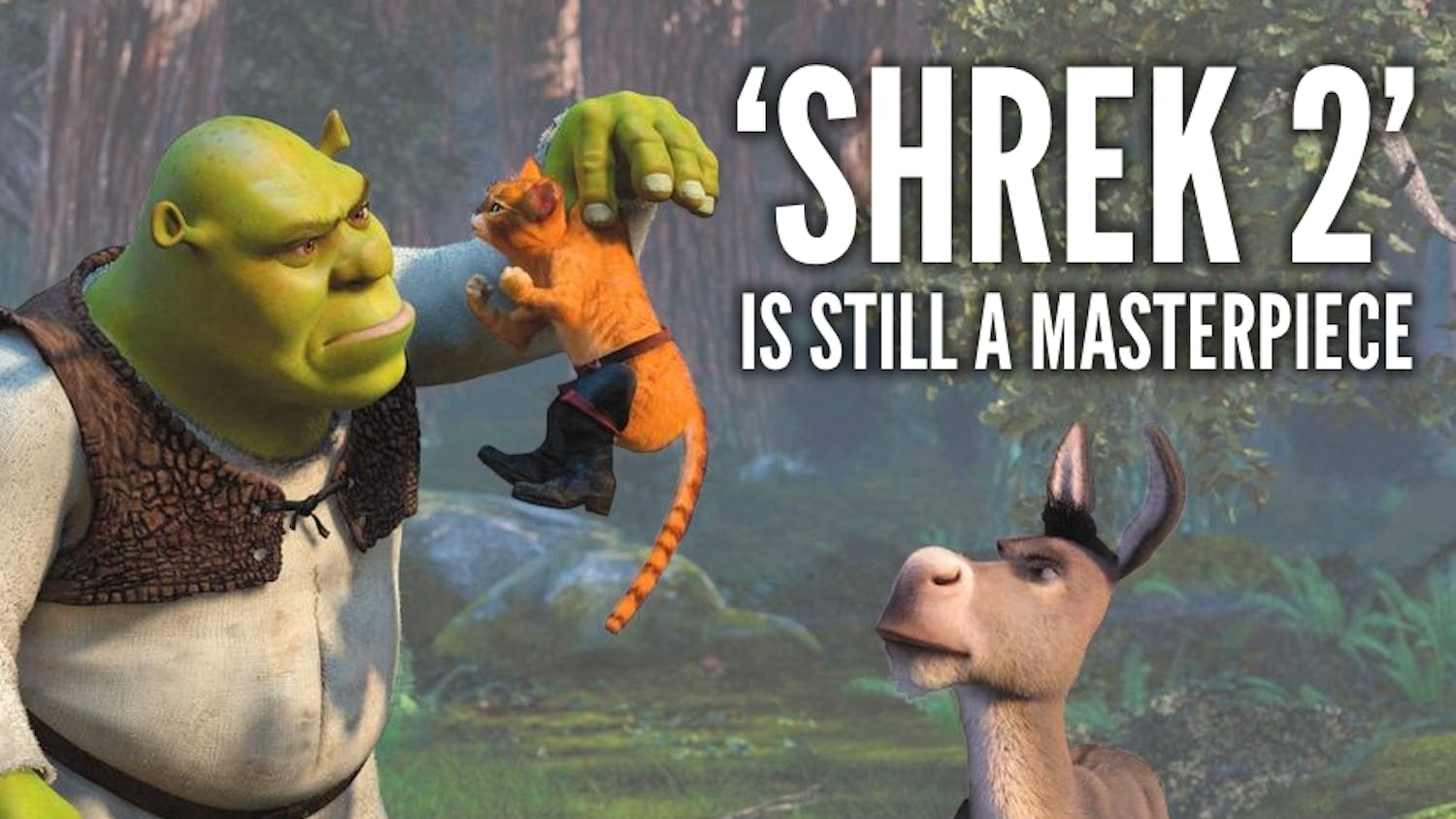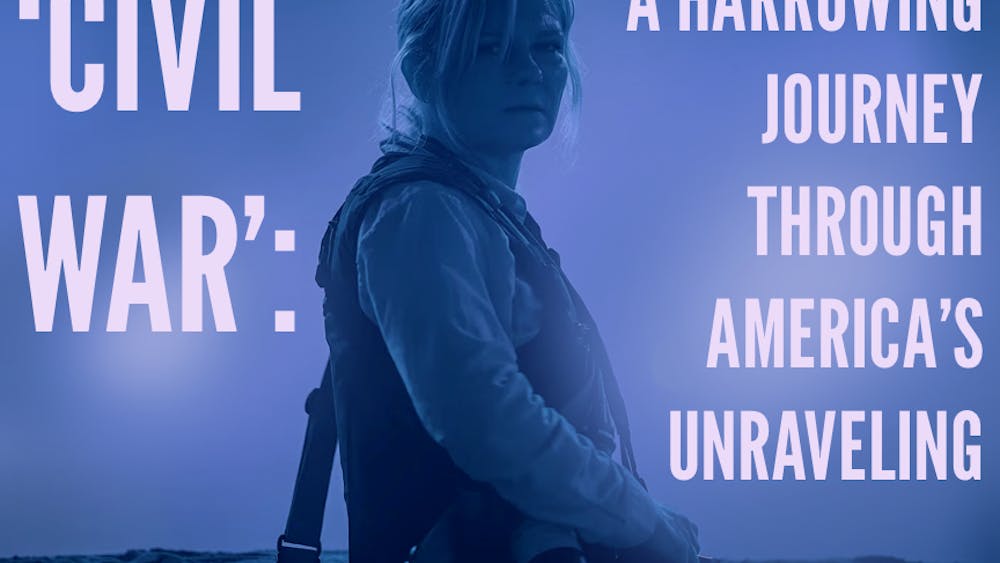Sandra Bullock's role as the no-nonsense Memphis housewife who takes in a poor black teenager in the film "The Blind Side" has already won her a Golden Globe. In her acceptance speech last Sunday night, she thanked several people very profusely, but left out one important person: Michael Lewis, who wrote the book "The Blind Side" in 2006.
This isn't that big of a slight, since Michael Oher and the Tuohys are real people.
But Lewis was the one who saw an extraordinary story unfolding and smartly decided to follow Oher and the Tuohys up until Oher's junior year of college at Ole Miss (Oher now plays for the Baltmore Ravens).

While the movie focuses on obviously inspirational narrative, Lewis' book is a fascinating dissection of the business of football, de facto racial segregation in Memphis, the American education system and how all three of these twisted together in Oher's journey from an often-homeless kid to a wealthy professional player.
Lewis' journalistic style relies on interviews and good old-fashioned digging to weave together the Tale of the Left Tackle (with special appearances by former Notre Dame quarterbacks). For the unfamiliar, the offensive lineman at the position of left tackle protects the (right-handed) quarterback's "blind side."
Lewis's tale starts with the brute force of Lawrence Taylor, the linebacker for the New York Giants, who destroyed the right leg and pro career of Washington Redskins (and former Irish) quarterback Joe Theismann in 1985.
It then melds into the coaching legacy of Bill Walsh, coach of the San Francisco 49ers and Joe Montana, who had the intellect and audacity to create a brand of football that relied more on strategy than the sheer athletic talent of his players.
Lewis argues that these two forces — the physical and the mental — had to grow up together, shaping pro football and trickling down to college and high school, to make the story of Michael Oher even possible.
Lewis' book would be a wonderful read for football fanatics, but it is also accessible for the pigskin illiterate.

The economics of football (both in salary totals and the complicated balance of players on the field) are an important part of this book, and quite a bit of this insight is lost in the translation from multi-faceted book to narrative-driven dramatic film.












